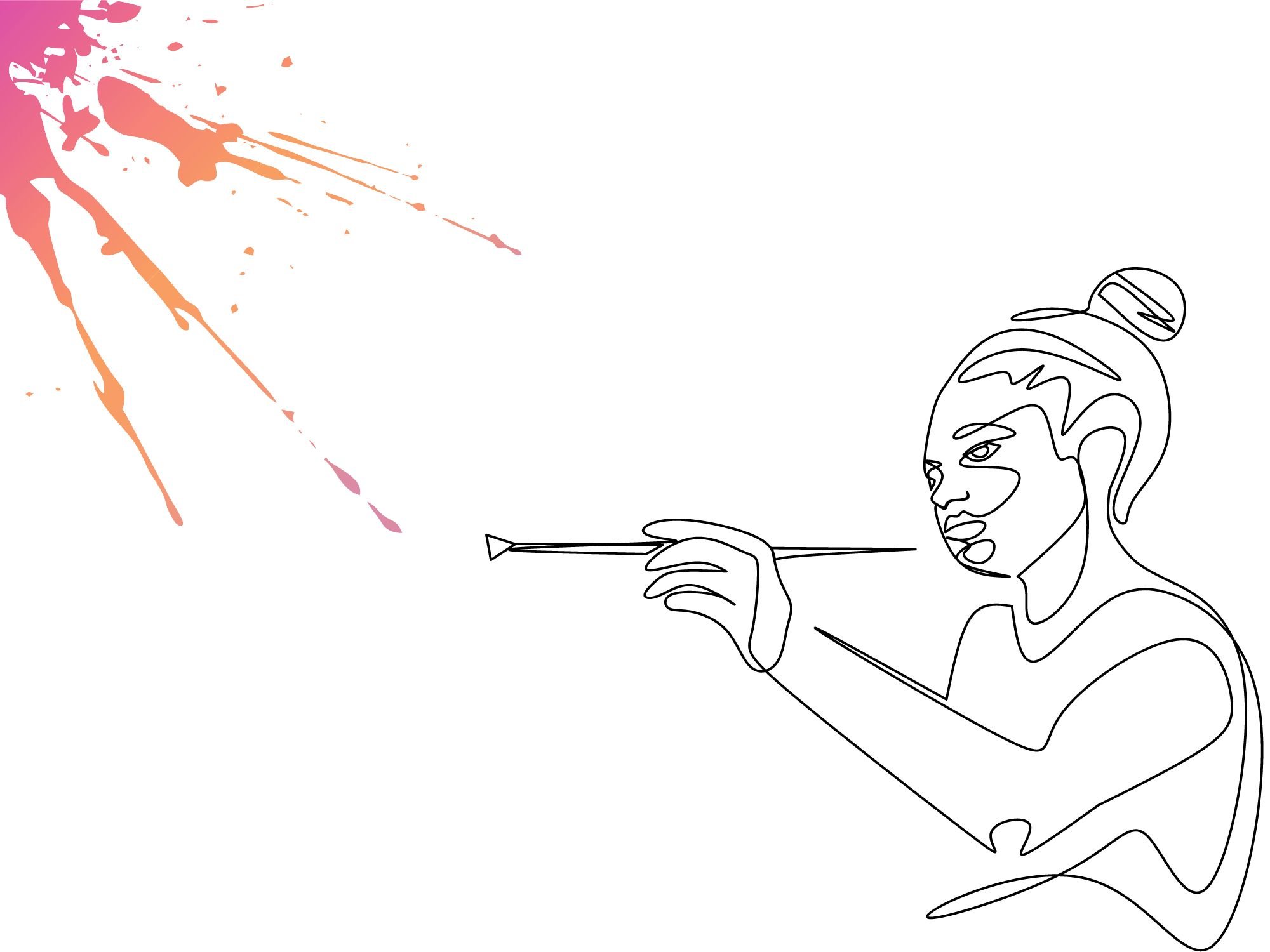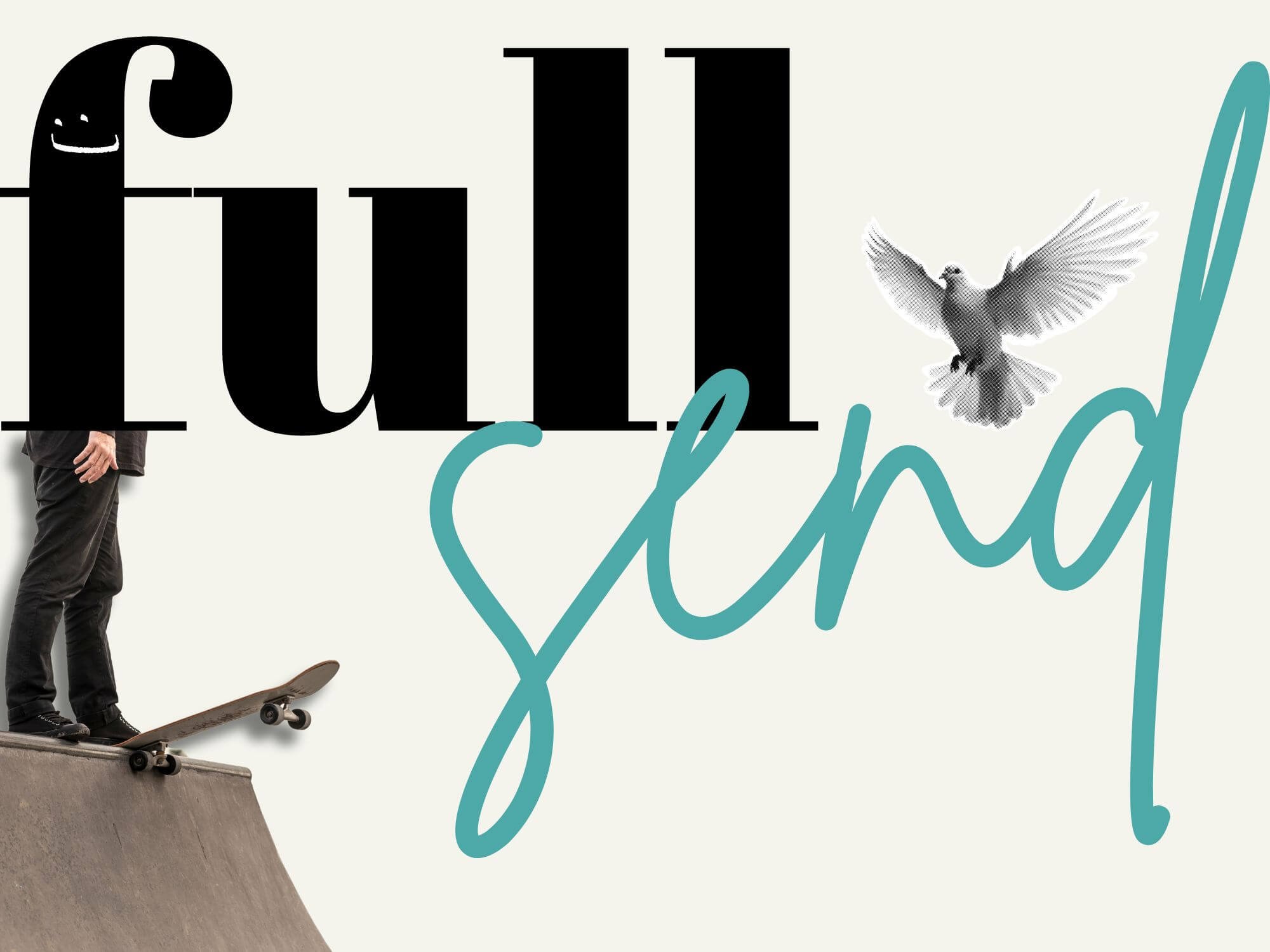Have Projects, Not Goals (make yearly goals like an artist)
It’s a subtle shift in perspective, but start approaching your yearly goals like projects. Start thinking like an artist.
As a musician/artist/creative thing myself, I can tell you that most creative pursuits (and goals) are packaged as a project. This reframes the whole thing.
It’s a powerful perspective that’s more motivating, tangible and based in the present moment, not some hopeful future event (i.e., a goal).
So this is my guide on how to make yearly goals like an artist — by reframing them as yearly projects.
Let’s get to it.
Table of Contents Show
Yearly Goals vs. Yearly Projects
Why do so many new year’s resolutions fail?
Why do so many long-term goals consistently go unrealized? (or just seem generally illusive?)
For me, a lot of it comes down to mindset and framing. So here’s how I define goals vs. projects.
Goals are hopeful targets within a dream-driven framework.
Projects on the other hand are strategic objectives within an action-based framework.
Again, it’s a matter of perspective and mindset.
Because it’s not that I'm against goals (of course not – I have many). But I see them more as a starting point rather than a finish line.
They’re like the initial brainstorming stage of creating your dream life.
So once we define what we want (i.e., establish our goal), we should move away from that springboard and into something more methodical.
I’m personally loving the project framework. So let’s look at why it works so well.
Yearly Projects Are Better Than Yearly Goals (why I think so)
Saying you’re working on a personal project just hits different. There’s new weight and meaning to your words.
Because goals can feel distant and more like casual ideas or wouldn’t-it-be-nice dreams.
But projects – these are way more creative and entrepreneurial and reside in the present moment.
There’s a heightened sense of purpose and seriousness to a project. And this perspective creates motivation, inspiration and passion.
For example, notice how different these two sentences read and feel:
1. “This year, I’m working on a Japan travel film goal”
2. “This year, I’m working on a Japan travel film project”
The first sentence feels a bit amatuer-ish and loosely planned.
But the second sentence? Well, it just feels more confident and tangible – like you’re actively pursuing it.
Language is a powerful thing that can shift perception and mood in a moment. So why not use it to our advantage?
How to Set + Achieve Yearly Projects (4 steps)
Ready to dial in on your yearly project? Awesome. Let’s do it.
(notes, this works for shorter-term stuff too — like monthly projects)
1. Brainstorm
Above, I said that goals are more like brainstorming first steps (not finish lines).
So let’s brainstorm.
You may already have a clear goal in mind. But if not, here are some questions to help:
What does your ideal future life look like?
If you could have, do or become anything, what would it be?
How do you see yourself and what would you like to change?
Who are your idols or what people inspire you?
What are your passions and interests?
How would you describe your perfect life in great detail?
This initial goal brainstorming stage requires a bit of self reflection, but just try to have fun with the whole process.
You can try intuitive writing, journaling or meditation to help.
2. Focus
I (like so many) have lots of goals and lots of dreams. But I can’t do it all (well…at least, not all at once).
As someone once said, “you can do anything, but you can’t do everything…”.
So step two is all about focus.
Once you hit some important milestones, you can start layering goals and pursuing other projects, but prioritizing your attention in the beginning is critical.
And focus looks different for everyone.
Focus may mean choosing just one project to work on – or you could be the type of person who can easily manage two or three at a time.
Whatever the number, consistency and discipline are required.
So here are some quick tips for cultivating focus and discipline:
Minimize distractions
Set realistic expectations
Take care of yourself (mentally and physically)
Take breaks (and recognize burnout)
Set clear and specific daily tasks to work on
Stick to your schedule or workflow (but test new strategies also)
3. Plan
At this point, we have clarity, direction and focus. So now we need a plan.
We need a project map.
A project map is your personal blueprint to get from point A to point B. It’s a strategic set of instructions for making your yearly project a reality.
Here’s how I like to map out my long-term creative projects:
First, break down the main project objective into micro objectives
These micro objectives are like monthly goals
Next, further break down each micro objective into even smaller nano objectives
These nano objectives are like weekly or daily goals
Then, create a workflow or repeatable system to follow
This workflow will ensure you consistently show up and work on your project
4. Do
Projects without any action go back to being just goals, living in the ether.
So once you have clarity and a blueprint, it’s time to go to work.
Doing the things we set out to do sounds easy enough, but it’s also a common bottleneck that can hold you back.
Workflows are one way to ensure you get things done (while building new habits). But there’s more we can do.
Here are my favorite ways to get motivated and actually take action on things:
Use the Activation principle (find the minimum amount of energy to just start)
Use the Do Something principle
Stack the cards in your favor
Have a clear purpose and know your “why”
Do less or aim lower (getting just 1% better each day is more than enough)
Just focus for 5 minutes (this can snowball, since mood often follows action)
Want More? Okay. Here’s More.






